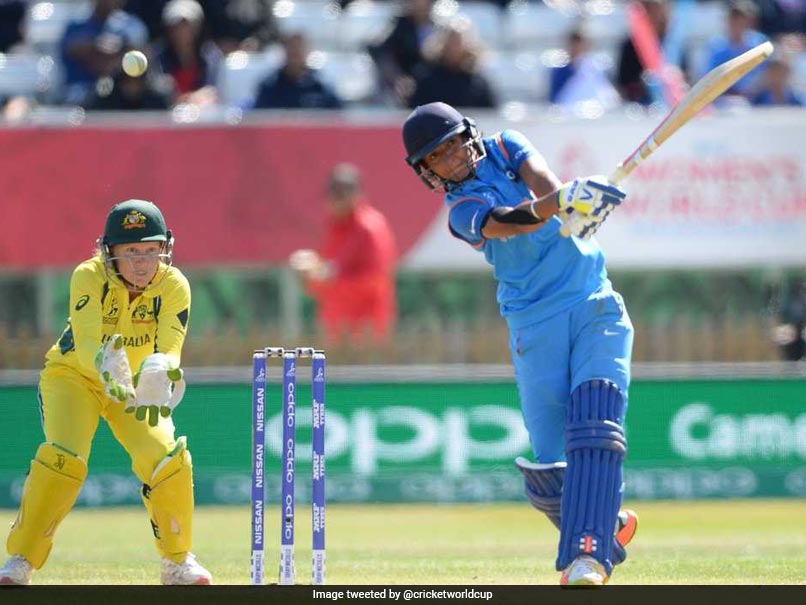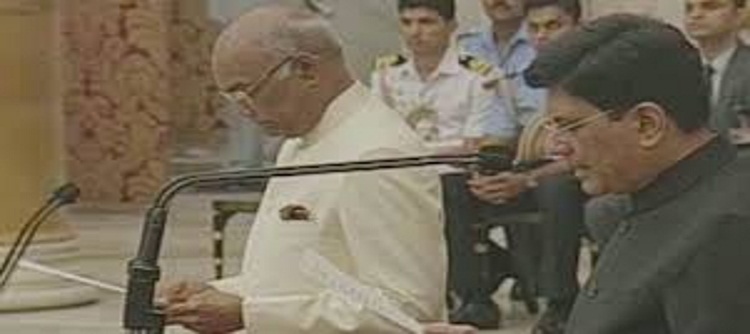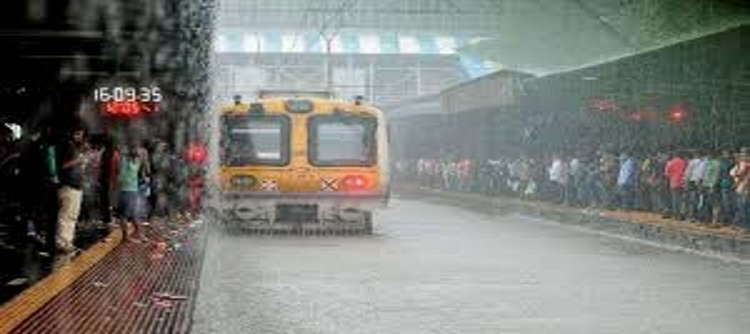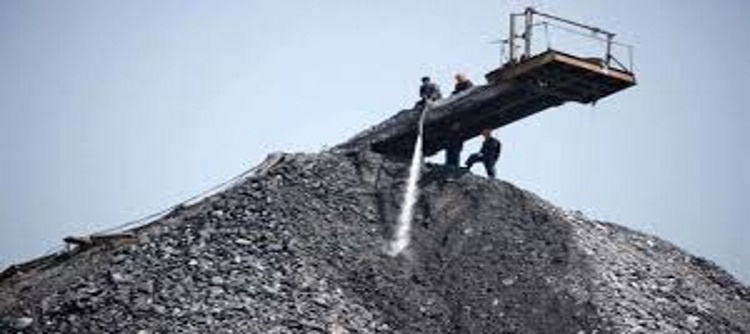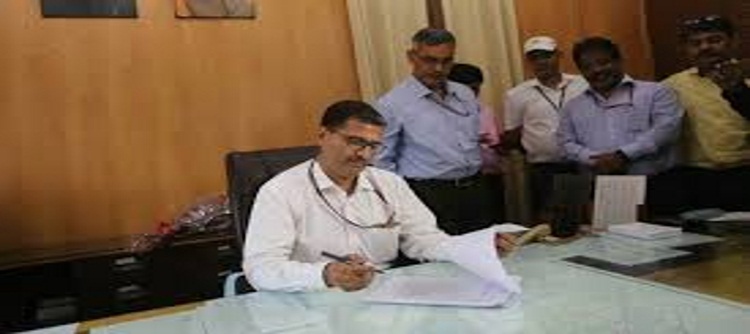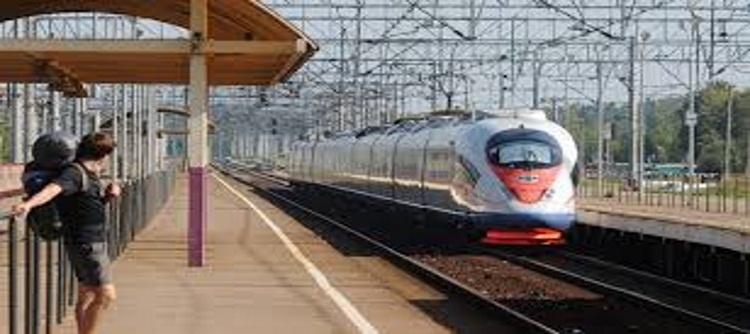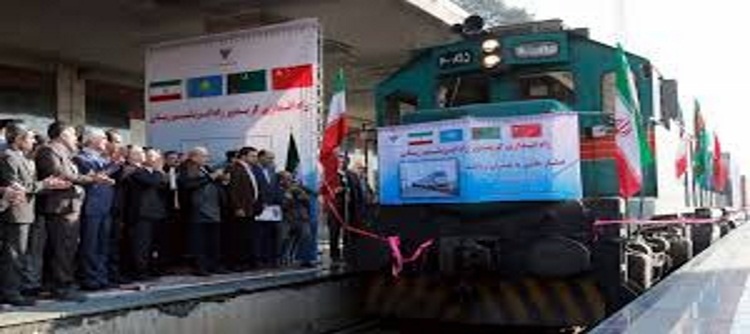
A new freight train service bound for the Iranian capital of Tehran was launched from Yinchuan City of northwest China’s Ningxia Hui Autonomous Region on Tuesday.
The second freight train departed at 10:00 a.m. from Yinchuan South Railway Station, carrying some 560 tons of cargo, including mechanical equipment, ceramic tableware, crystal ware and automobile accessories, worth around $1.6 million, China reported.
The freight train is scheduled to reach Tehran in about 15 days, travelling via Kazakhstan and Turkmenistan, according to Xinhua Silk Road Information Service.
“The train takes more than 20 days less than transporting by ship, and is expected to greatly lower our delivery costs,” said Liang Hua, whose company is in charge of the operation.
Lying on the route of the Belt and Road Initiative, the Ningxia autonomous region has gained support from the central Chinese authorities to strengthen its role as a trade and logistics hub.
According to Kong Guohua, an official from Ningxia’s Department of Commerce, the new cargo route will help increase trade between China and countries in central and west Asia.
Following the launch of the freight train, Ningxia will continue to expand Yinchuan-Tehran freight rail cooperation, including normalizing the freight trains’ schedule, branding the service and attracting enterprises from all industries to work on International Capacity Cooperation projects in the region.
This is the second time China is sending a freight train down the route to Tehran.
Maiden Journey
The first train set off from Yiwu City in China’s Zhejiang Province on January 28. It covered 10,399 km, passing through Kazakhstan and Turkmenistan, to reach the border station of Sarakhs in Iran’s Khorasan Razavi Province after 14 days.
The route, better known as the New Silk Road, was first proposed by He Huawu, the chief engineer of China Railway Corporation in late 2015.
From Tehran, the grand project will join Iran’s east-west network leading to Turkey and eastern Europe. It could also open a way to Europe via a developing rail route from southern Iranian ports to Azerbaijan and Europe.
The Belt and Road initiative, put forward in October 2013 by Chinese President Xi Jinping, includes several corridors through land and sea, including the New Silk Road rail route, which will serve as a tailwind for the transport of goods and energy between Iran and China.
The two sides have set a long-term bilateral trade target of $600 billion a year.
In a meeting with his Chinese counterpart, Xiao Jie, in China back in May, Iran’s Minister of Economic Affairs and Finance Ali Tayyebnia said, “Iran’s position in Xi Jinping’s innovative plan to revive the New Silk Road is spectacular and ideal. Therefore, we intend to play an effective role in its implementation.”
Iran resolved issues regarding government guarantees during Tayyebnia’s visit to China to represent Iran in the New Silk Road Forum, which opened on May 14 with China and 29 other nations reaffirming their commitment to build an open economy and ensure free and inclusive trade, under the Belt and Road initiative.
Tayyebnia noted that Iran has been a part of the ancient Silk Road—a route contributing for centuries to trade and cultural exchange—stretching from Japan to the Mediterranean Sea, and intends to play a more important part in the new Silk Road plan.
Chinese Financing for New Silk Road Strand in Iran
China signed a contract with Iran in Tehran back in July to finance the electrification of a strand of the New Silk Road in Iran—a 926-km railroad from Tehran to the eastern city of Mashhad in Khorasan Razavi Province with a $1.5 billion loan.
The railroad is part of China’s New Silk Road initiative.
As per the agreement, signed after 16 months of negotiations, the guarantee for the loan, which is to be granted by Exim Bank of China, will be provided by Iran’s Bank of Industry and Mine.
The electrification project will be carried out by China National Machinery Import and Export Corporation, otherwise known as CMC.
According to Maziar Yazdani, the deputy head of Islamic Republic of Iran Railways, the electrification of Tehran-Mashhad railroad will take four years.
The route is already double-tracked and both tracks will be electrified as part of the deal with the Chinese side. This will raise the speed of the line from the current 160 kph to 200 kph, significantly reducing the duration of a trip between the two cities.
For Iran, the electrification of Tehran-Mashhad line is part of its wider rail development plan to electrify all railroads by 2025.
